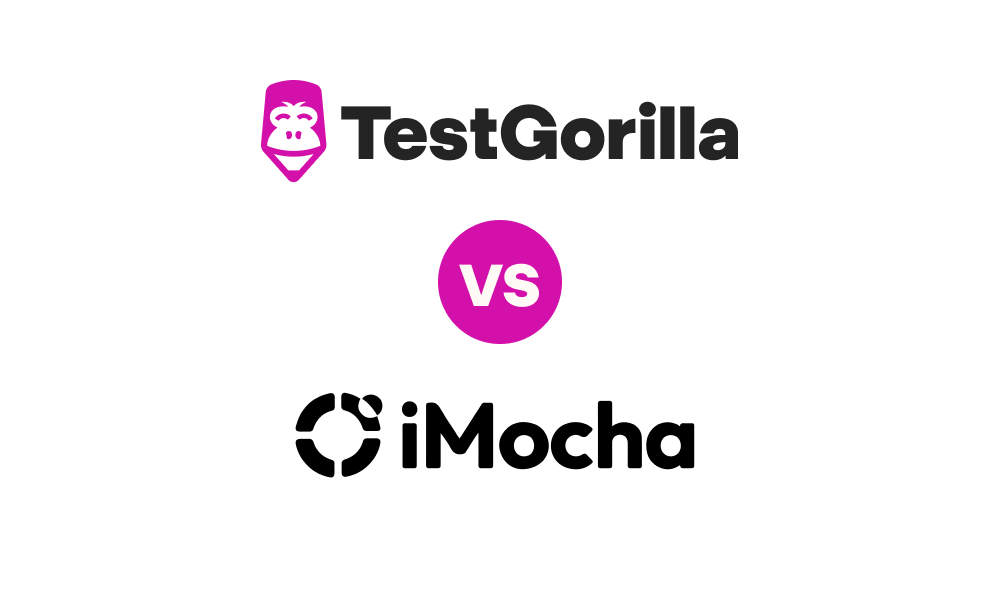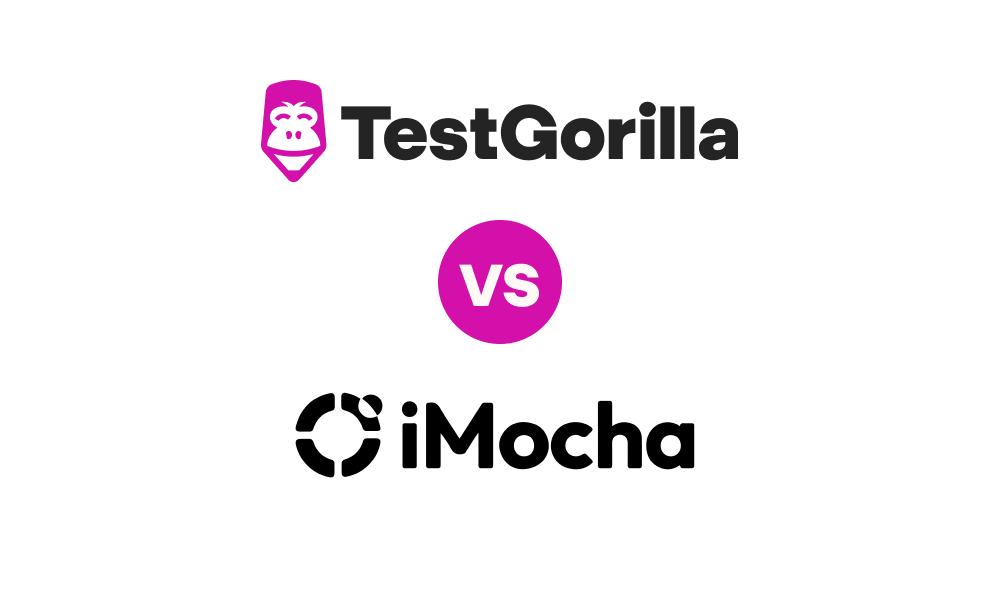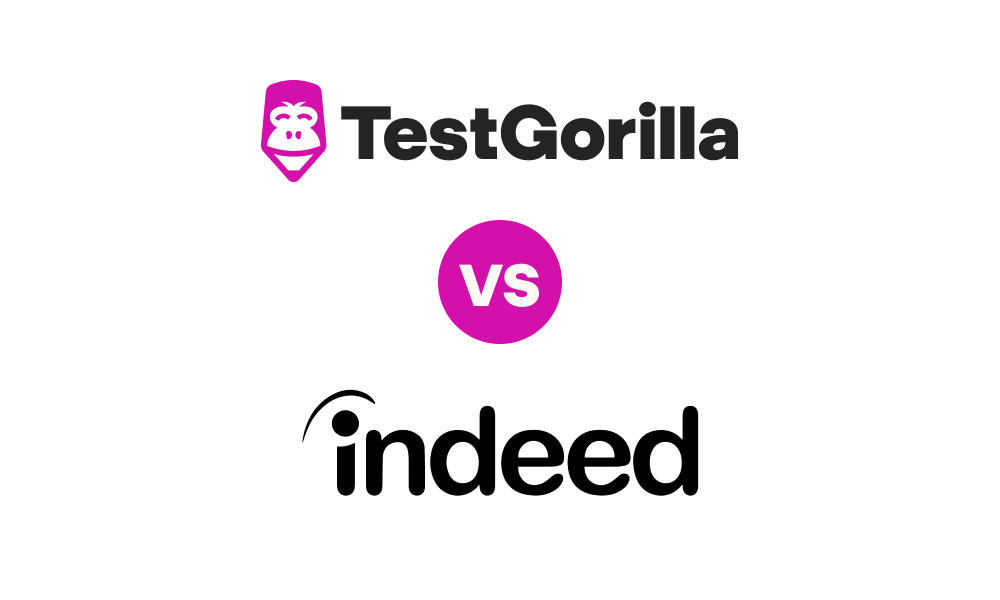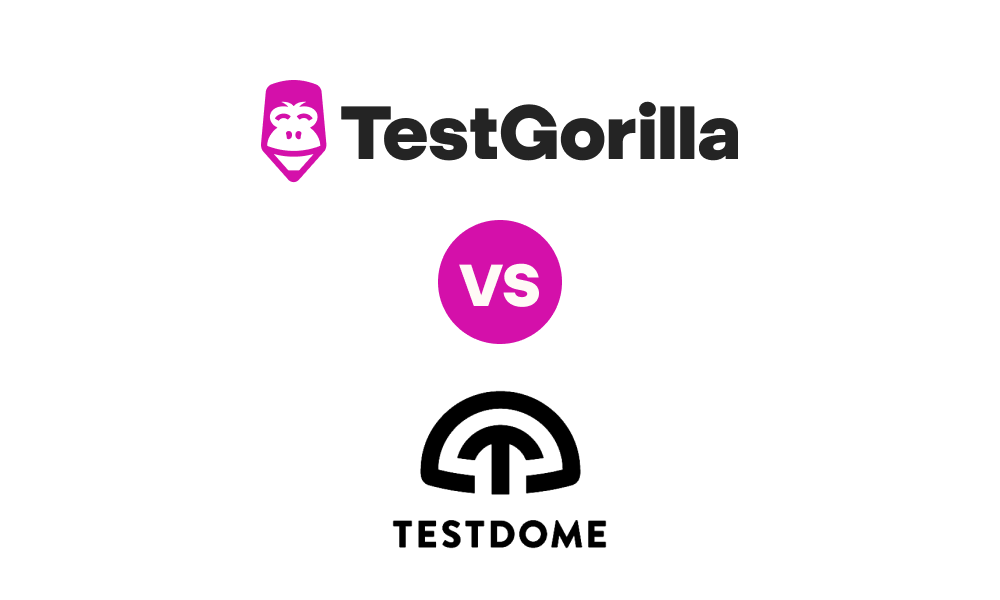The United States has several laws protecting employees in the workplace. These laws are adopted at the federal, state, and local levels, but federal laws have the greatest power. They set the stage for employee protections all across the country.
Understanding these laws is crucial to treating your employees fairly. Failing to comply can lead to exploitation of workers. Workers taking action against employers who treat them unfairly can result in lawsuits or government intervention.
But, these laws are numerous and can be challenging to understand. We’re here to help.
In this article, we lay out 13 key federal laws that protect your employees – so you can ensure compliance and make your workplace safe, fair, and inclusive. Let’s dive in.
Table of contents
Laws that protect employee income
These laws seek to ensure employers don’t exploit their employees. They also give employees access to financial support in certain circumstances.
1. Fair Labor Standards Act (FLSA)
The FLSA sets the foundation for fair compensation. It establishes several key protections, including minimum wage, overtime pay, and child labor standards. The law aims to prevent labor exploitation and ensure you pay workers appropriately. Several states have built upon the FLSA, adding their own laws that offer even greater protections.
2. Social Security Act
The Social Security Act provides a safety net through retirement benefits, disability income, and financial benefits for surviving family members. It also created the Medicare program, which is a federal health insurance program for people aged 65 and over.
It creates financial security for many American workers and their families. The Social Security program is funded by the payroll taxes you pay on your employees' behalf, with benefits paid to over 57 million people.
3. Federal Unemployment Tax Act
This law established an unemployment tax you must pay as an employer. This tax helps fund unemployment compensation benefits for workers who have lost their jobs. Each state is allowed to operate their own unemployment compensation system, and many employers pay unemployment taxes to the state and federal governments.
Laws that protect health and safety
These laws ensure a safe working environment and improve healthcare and medical leave access.
4. Family Medical Leave Act (FMLA)
The FMLA was adopted in 1993 to create “protected leave” for employees following major events – such as childbirth, adoption, or serious illness. This allows employees to take time away from work to manage life events without fear of job loss. FMLA leave is unpaid, but under this act, you must ensure employees have a job to return to after their protected leave.
5. Affordable Care Act (ACA)
Adopted in 2010, the ACA is newer than many other employment protection laws. This law requires employers to provide their full-time employees with health insurance at or above set minimum levels. This prevents full-time employees from being unable to access healthcare.
6. Occupational Safety and Health Act (OSH Act)
The OSH Act is commonly discussed along with the agency that enforces it: the Occupational Safety and Health Administration (OSHA). OSHA requires you to maintain a safe work environment that complies with the OSH Act’s requirements. OSHA compliance requires robust recordkeeping, inspections, and employee training to prevent work-related injuries and illnesses.
Laws that prevent employment discrimination
The US has adopted several laws to provide equal employment opportunity – fair treatment in employment decisions. These laws prevent discrimination and establish legal protections for employee rights.
7. Title VII of the Civil Rights Act (Title VII)
Title VII prohibits discrimination throughout employment, including at the hiring stage. It identifies several “protected characteristics”: race, color, religion, sex, or national origin. The law states that an adverse employment action cannot be based on these characteristics.
Essentially, this means you can’t take a negative action against an employee – one that significantly affects the employee's job status or benefits – because of a protected characteristic. For example, you can’t pass over an employee for a promotion because of their race.
While originally passed in 1964, Title VII continues to be reinterpreted. In 2020, the Supreme Court established that Title VII’s protection of “sex” as a characteristic includes prohibiting discrimination against LGBTQ employees.
8. Age Discrimination in Employment Act (ADEA)
The ADEA shields workers aged 40 and over from discrimination in employment based on their age. You can’t discriminate against older employees in decisions like hiring, promotions, job assignments, or layoffs. The ADEA also makes forcing employees to retire based on their age illegal – with a few very limited exceptions for executive or high-ranking positions.
9. Americans with Disabilities Act (ADA)
The ADA prohibits discriminating against workers based on disabilities. It also requires you to make reasonable accommodations to allow equal access to work for individuals with disabilities. These accommodations vary based on individual needs but commonly include alternative interview formats, changes to work schedules, or work equipment modifications.
The ADA requires you to interact with a worker to determine suitable accommodations. This process enables individualized assessment of a worker’s needs and the accommodations you could make.
10. Pregnancy Discrimination Act of 1978
The Pregnancy Discrimination Act added pregnancy to the list of protected characteristics under Title VII. The Act makes it illegal for you to discriminate against workers based on pregnancy or childbirth. It also prohibits discrimination based on medical conditions related to pregnancy or childbirth.
11. Genetic Information Nondiscrimination Act of 2008 (GINA)
GINA prohibits you from using genetic information in employment decisions. For example, you can’t ask job candidates for their family medical history during a job interview and then use that information to make employment decisions. The law is intended to prevent discrimination based on potential genetic predispositions or health risks.
12. Equal Pay Act of 1963 (EPA) and Lilly Ledbetter Fair Pay Act of 2009 (Fair Pay Act)
The EPA requires you to pay men and women substantially equal rates when they’re performing equal work. The EPA was bolstered in 2009 when the Fair Pay Act was passed.
The Fair Pay Act established a generous timeline for employees to file equal pay complaints and ruled that each unequal paycheck is a separate violation of the law. Pay differences attributed to the employee’s sex can also be violations of Title VII.
13. National Labor Relations Act (NLRA)
The NLRA protects employees’ right to form unions and engage in collective action. This seeks to ensure that employees can band together to seek better employment terms from their employers without fear of retaliation. As an employer, you can’t hinder, threaten, or punish employees who exercise these rights.
Which of these laws apply to you?
Some of these laws might not apply to you. For example, the ACA applies only to employers with 50 or more employees, while the ADA applies to employers with 15 or more employees. Consult with a legal advisor or visit relevant government sources (like the Department of Labor’s website) to learn more about the laws impacting you.
Employee protection starts with fair hiring
Federal employment laws encourage fair treatment, safety, and equality in the workplace. Being aware of these laws will help you build an environment that values the rights and dignity of every worker.
These laws protect employees even before you hire them – for example, during recruitment. So, creating a fair hiring process for your business is a vital step toward compliance. Getting this right will also make your employees feel welcomed from the start.
Skills-based hiring with a skills testing platform like TestGorilla ensures objective data and unbiased insights drive your hiring decisions. You can rely on TestGorilla’s comprehensive, scientifically-backed tests to help you find the best person for the job based on merit.
Try TestGorilla for free today to conduct fair, legally compliant hiring. To learn more, take a product tour or book a live demo.
Related posts
Hire the best candidates with TestGorilla
Create pre-employment assessments in minutes to screen candidates, save time, and hire the best talent.
Latest posts
The best advice in pre-employment testing, in your inbox.
No spam. Unsubscribe at any time.

Hire the best. No bias. No stress.
Our screening tests identify the best candidates and make your hiring decisions faster, easier, and bias-free.
Free resources
This checklist covers key features you should look for when choosing a skills testing platform
This resource will help you develop an onboarding checklist for new hires.
How to assess your candidates' attention to detail.
Learn how to get human resources certified through HRCI or SHRM.
Learn how you can improve the level of talent at your company.
Learn how CapitalT reduced hiring bias with online skills assessments.
Learn how to make the resume process more efficient and more effective.
Improve your hiring strategy with these 7 critical recruitment metrics.
Learn how Sukhi decreased time spent reviewing resumes by 83%!
Hire more efficiently with these hacks that 99% of recruiters aren't using.
Make a business case for diversity and inclusion initiatives with this data.


















